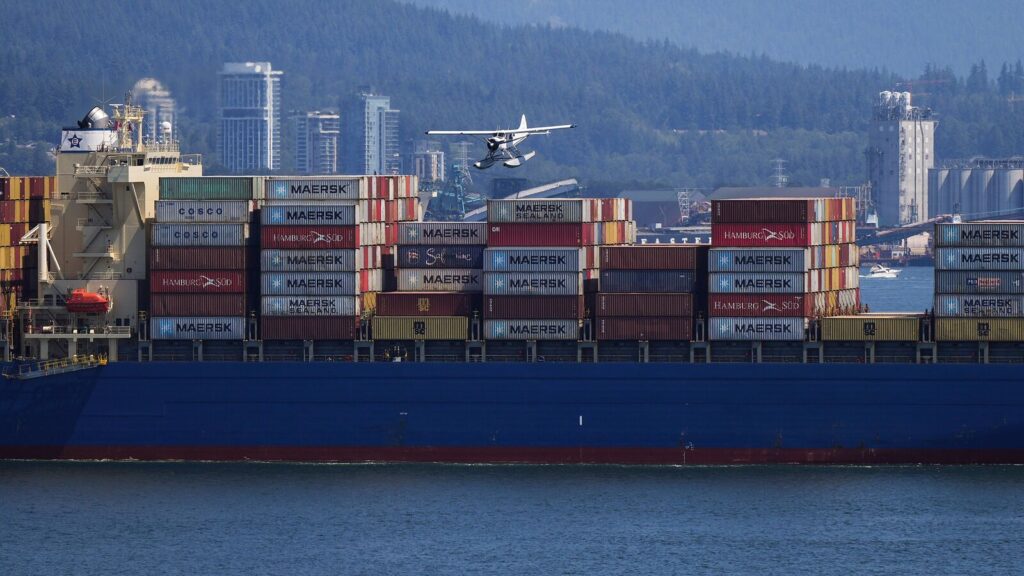The Global Manufacturing Landscape: Emerging Markets vs. China’s Industrial Prowess
As China’s massive labor costs soar and ongoing tensions with the West drive companies to seek alternative manufacturing locations, emerging markets appear poised for a significant opportunity. However, China isn’t taking the challenge lying down. The dynamics of global manufacturing are evolving rapidly, with China doubling down on its export strategy and other countries scrambling to adapt.
China’s Strategic Shift
In response to last year’s dramatic decline in foreign direct investment — the lowest in 30 years — China is refocusing on high-tech exports. Investments are pouring into sectors like batteries, electric vehicles, and other green technologies. Despite weak domestic demand for traditional products such as cars, chemicals, and steel, China is flooding global markets, resulting in a nearly 10% drop in the average price of Chinese manufactured exports from 2022 to 2023. Export volumes have almost reached record highs.
However, this aggressive export strategy hasn’t gone unnoticed. During a recent visit to Beijing, U.S. Treasury Secretary Janet Yellen asserted that the West wouldn’t tolerate a deluge of cheap goods. This sentiment was quickly backed up by action: on May 14th, the Biden administration imposed tariffs on a wide range of Chinese products, including a 100% levy on electric vehicles.
Economic Ripples in Emerging Markets
Emerging-market policymakers are understandably concerned about this development. Jorge Guajardo, Mexico’s former ambassador to China, pointed out that Chinese overcapacity poses a substantial threat to developing countries. For instance, Mexico’s car industry has seen the market share of Chinese-made vehicles skyrocket from negligible levels in 2016 to a fifth of the market today. In response, these nations are implementing import restrictions on Chinese goods while fast-tracking free trade agreements with other partners.
Several emerging-market countries with manufacturing ambitions are negotiating trade deals to gain access to larger markets. In February, Chile signed a trade agreement with the European Union. Mercosur, a customs union that includes Argentina, Brazil, Paraguay, and Uruguay, has reached an agreement with Singapore and is in discussions with Japan and South Korea. India has inked four trade agreements since 2021 after failing to secure any deals in the previous seven years.
Counteracting China’s Influence
Emerging markets are employing both tariff and non-tariff measures to navigate the influx of cheap Chinese goods. For example, Mexico recently raised tariffs on 544 products and imposed an 80% levy on specific steel imports. India has launched numerous anti-dumping investigations into various Chinese products, ranging from unframed glass mirrors to fasteners, and has filed the highest number of anti-dumping cases globally.
China has counteracted by blocking Indian access to crucial solar equipment, highlighting the tit-for-tat nature of this economic battle.
Seeking Sustainable Solutions
While some argue for protectionist measures, others advocate for attracting foreign investment to bolster local industries. Thailand, for instance, has been actively courting Chinese battery manufacturers with incentives, leading to anticipated production starts this year. Furthermore, BYD, a leading Chinese electric-vehicle maker, is establishing production facilities in Brazil and Hungary. Thus, while foreign direct investment into China is waning, Chinese investment in other countries has surged to an eight-year high.
The Future of Manufacturing
Whether these multifaceted strategies will succeed largely hinges on the longevity of China’s export strategy. The head of a major manufacturer with plants in both China and India predicts that Chinese production costs cannot indefinitely undercut those of other countries. However, given China’s 25-year track record of maintaining competitive pricing, some industry leaders remain skeptical about short-term shifts in the manufacturing landscape.
Even if China’s economic focus shifts, emerging markets shouldn’t pin all their hopes on manufacturing ascendance. Western countries, amid their own subsidy initiatives to revive domestic manufacturing, may only welcome limited increases in imports from new manufacturing hubs. With American tariffs on Chinese goods affecting a mere $18 billion worth of imports, Chinese competition is expected to remain a formidable obstacle.
In sum, while emerging markets position themselves to capitalize on shifts in global manufacturing dynamics, the landscape remains complex and uncertain. The anticipated manufacturing take-off may still be a ways off.
For more information on global economic strategies, visit BYD.
